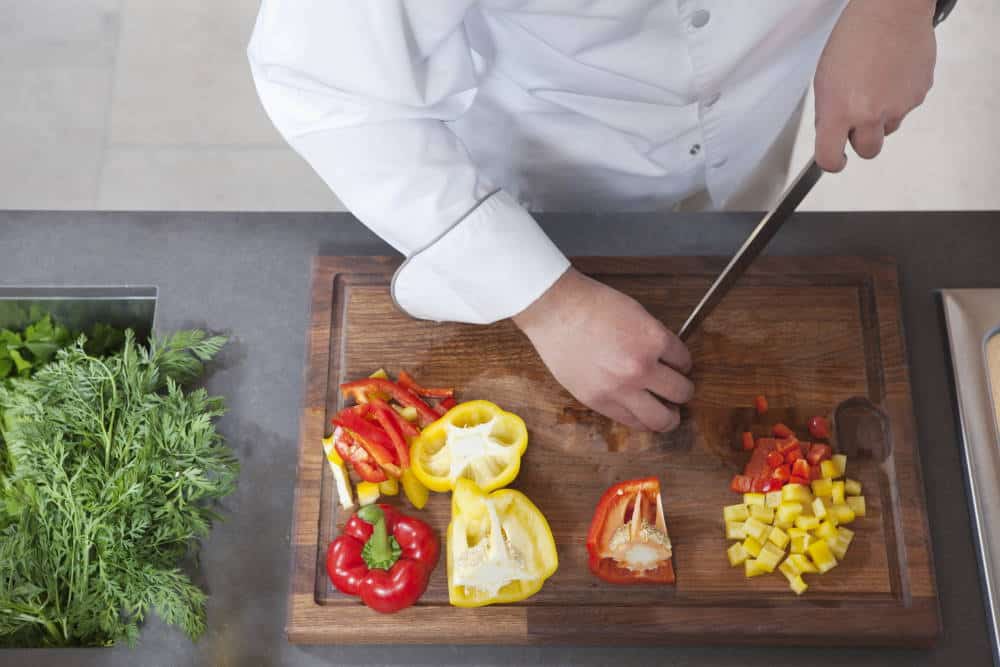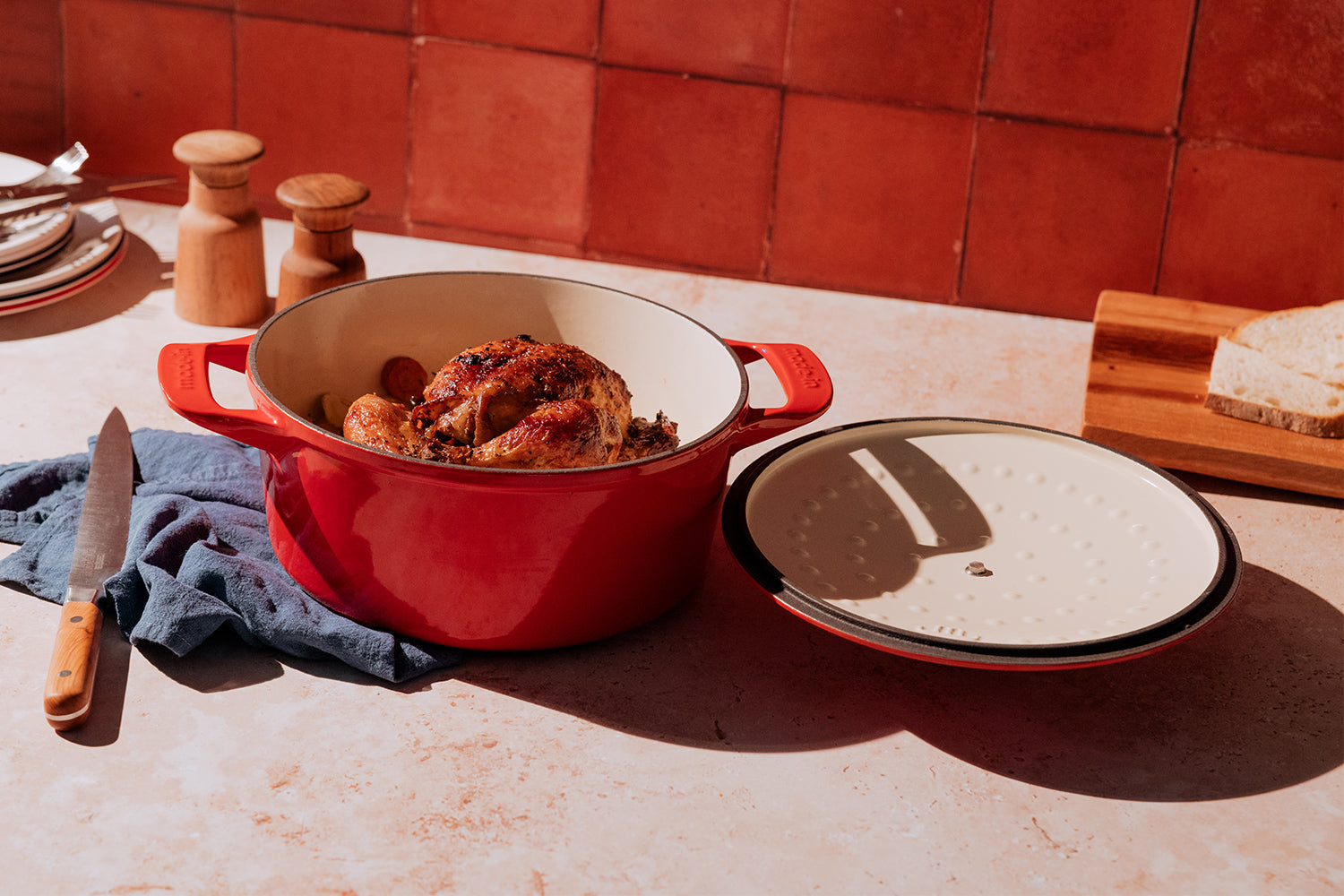Frying chips in a saucepan can seem like a simple task, but mastering the technique is crucial for kitchen professionals who aim to deliver perfectly cooked, delicious results. If you're looking to refine your skills and impress with crispy, golden chips, understanding the nuances of the frying process is key. This article will guide you through the essential steps and considerations involved in how to fry chips in a saucepan.

The Basics of Frying Chips
Before diving into the specifics of frying, its important to know what makes a great chip. The choice of potato, the method of frying, and the temperature of your oil all play vital roles. For the best results, you should start with starchy potatoes, such as Russets or Maris Piper, known for their ability to achieve a light and fluffy interior.
Choosing the Right Saucepan
One of the first steps in achieving great chips is selecting an appropriate saucepan. Opt for a heavy-bottomed saucepan that can withstand high heat without warping. A **non-stick** coating may be beneficial, but ensure its rated for high temperatures. If you want to understand more about saucepans, consider checking this guide on saucepans.
Preparation Steps: From Potatoes to Oil
After choosing the right potatoes, peel and slice them evenly to ensure uniform cooking. Soaking the chips in cold water for at least 30 minutes helps remove excess starch and contributes to a crispier texture. After soaking, drain and thoroughly dry the chips using a clean kitchen towel. The next step is to select the right oil for frying. Peanut oil, vegetable oil, or canola oil are great options due to their high smoke points.

The Frying Process in Detail
To master frying your chips, it's critical to understand the process. Heres a step-by-step breakdown:
Heating the Oil
Pour a sufficient amount of oil into the saucepan, ideally around 2-3 inches deep, allowing enough space for the chips to float freely. Heat the oil over medium-high heat until it reaches approximately 350F to 375F. Use a thermometer for accuracy, as the temperature will significantly affect the quality of your chips.
Frying the Chips
When the oil is hot, carefully add a handful of chips to avoid overcrowding, which can lower the oil temperature. Fry the chips in batches, giving each batch enough time to develop a golden-brown color. This typically takes about 4-6 minutes per batch. As you fry, you may want to gently stir to ensure even cooking.

Finishing Touches and Serving Suggestions
Once your chips are golden and crispy, remove them from the oil using a slotted spoon and transfer them to a plate lined with paper towels to absorb excess oil. Season immediately with salt for optimal flavor. For added indulgence, you can enhance your chips with various seasonings or serve them with sauces like aioli, ketchup, or malt vinegar.
Cleaning the Saucepan and Maintaining Equipment
After frying, it's essential to clean your saucepan properly. Allow the oil to cool, then strain it through a fine sieve for reuse if desired. For cleaning tips, refer to this helpful cleaning guide to maintain your kitchen equipment.

Common Mistakes to Avoid
Even seasoned chefs may encounter common pitfalls when frying chips:
- Using the wrong type of potato can yield soggy results.
- Overcrowding the saucepan, which lowers oil temperature and results in uneven cooking.
- Not drying the chips thoroughly before frying.
Frequently Asked Questions
-
What oil is best for frying chips?
Peanut oil, canola oil, and vegetable oil are ideal due to their high smoke points and neutral flavors. -
How do I know when my chips are done?
Chips are ready when they are golden brown and float to the surface of the oil. -
Can I reuse frying oil?
Yes, you can strain and store oil for future frying, but avoid reusing it for different types of frying.
In conclusion, learning how to fry chips in a saucepan is an invaluable skill for any kitchen professional. With the right techniques, you can elevate your culinary offerings and satisfy your guests with perfectly crispy chips. For more cooking tips, check out heating milk in a saucepan or making porridge in a saucepan.
As an Amazon Associate, I earn from qualifying purchases.






Leave a comment
This site is protected by hCaptcha and the hCaptcha Privacy Policy and Terms of Service apply.